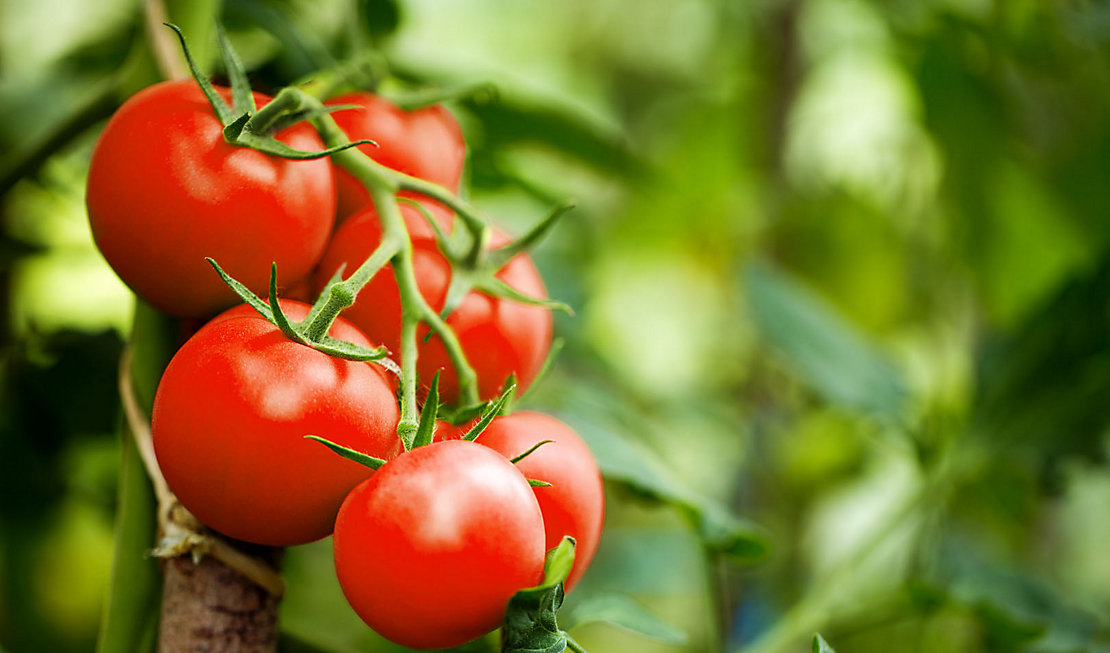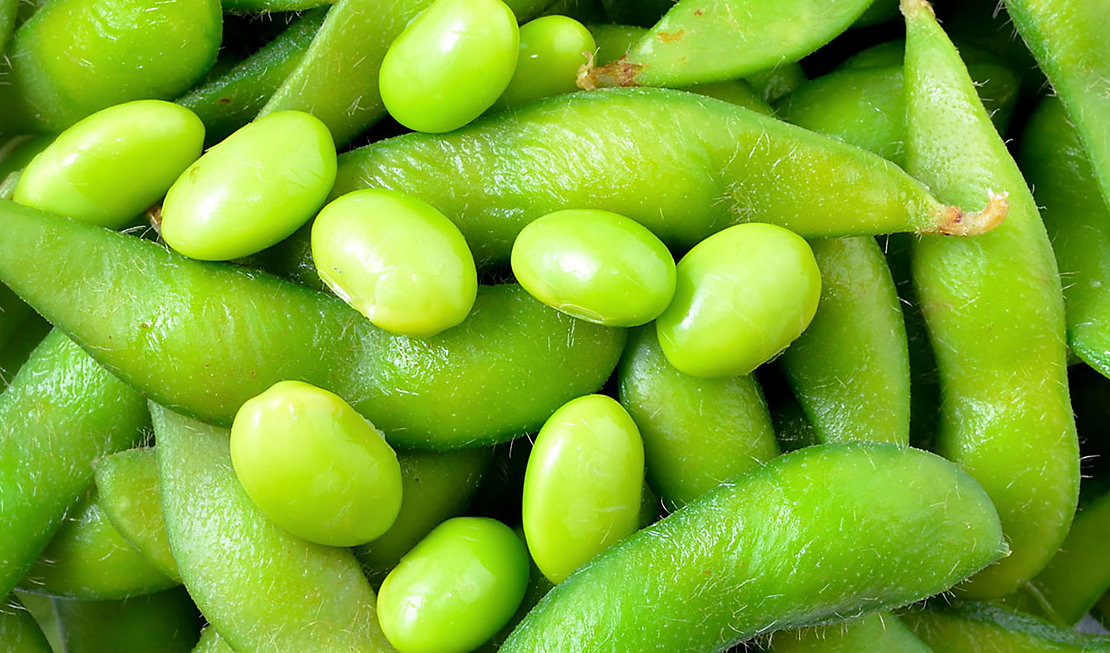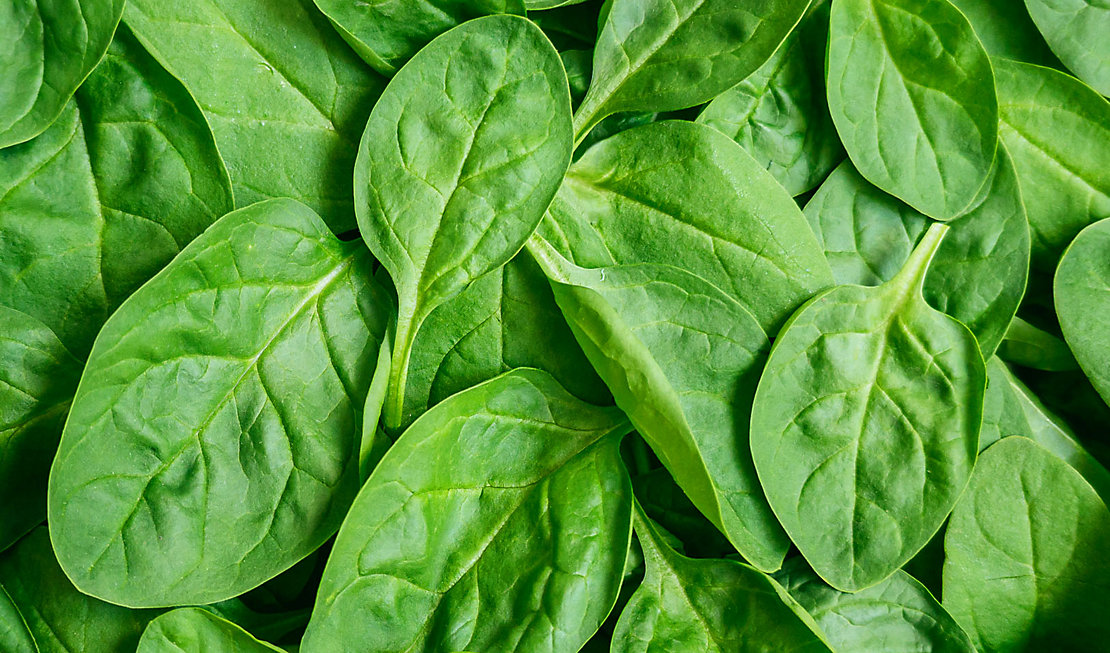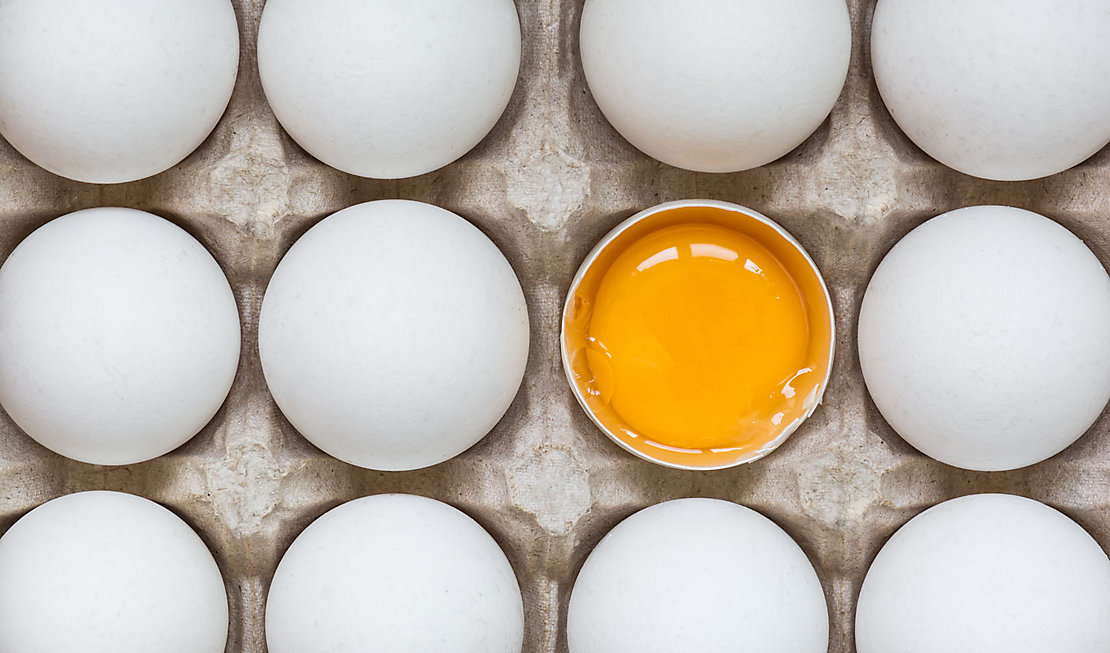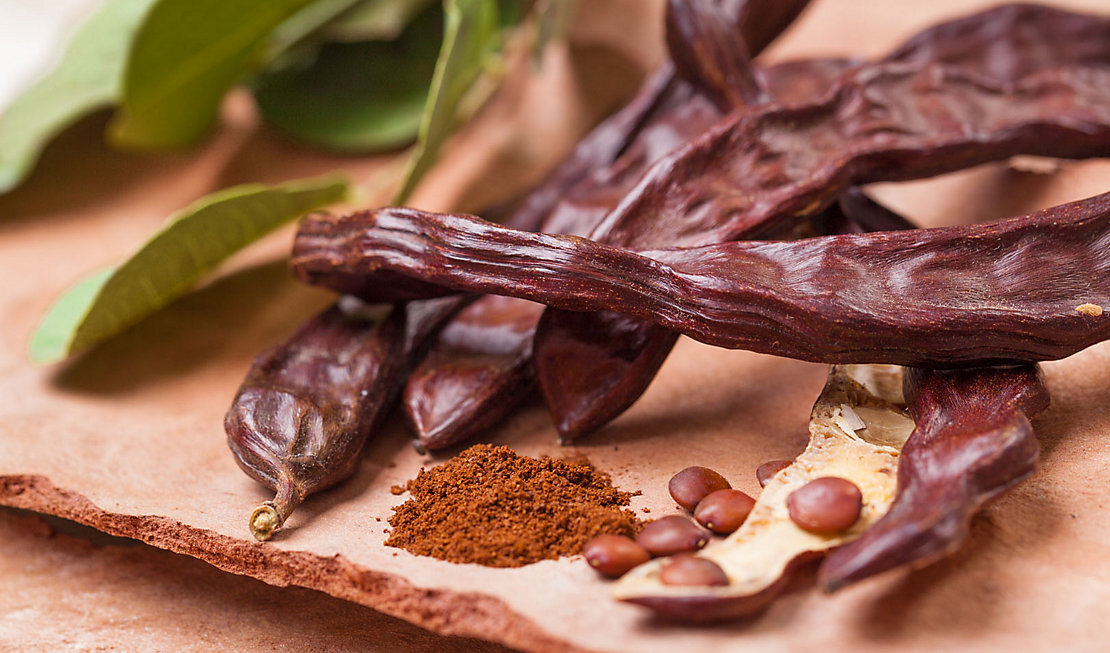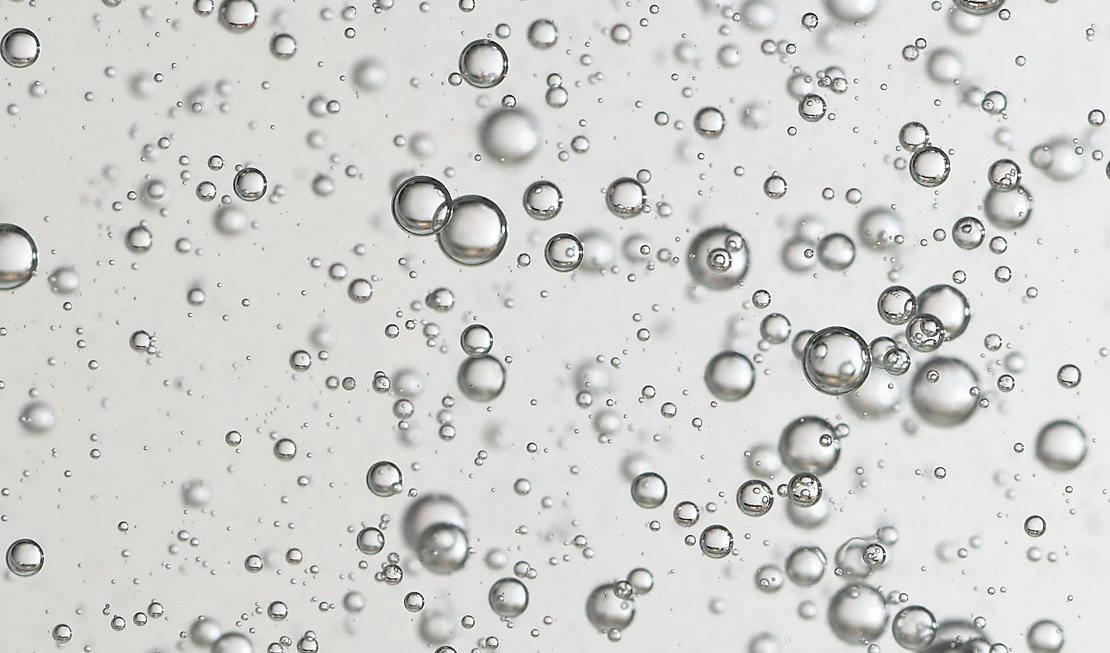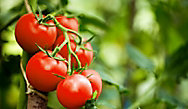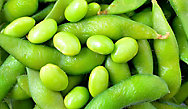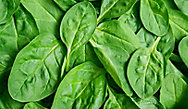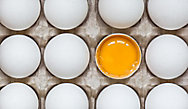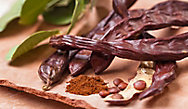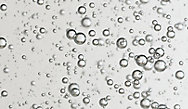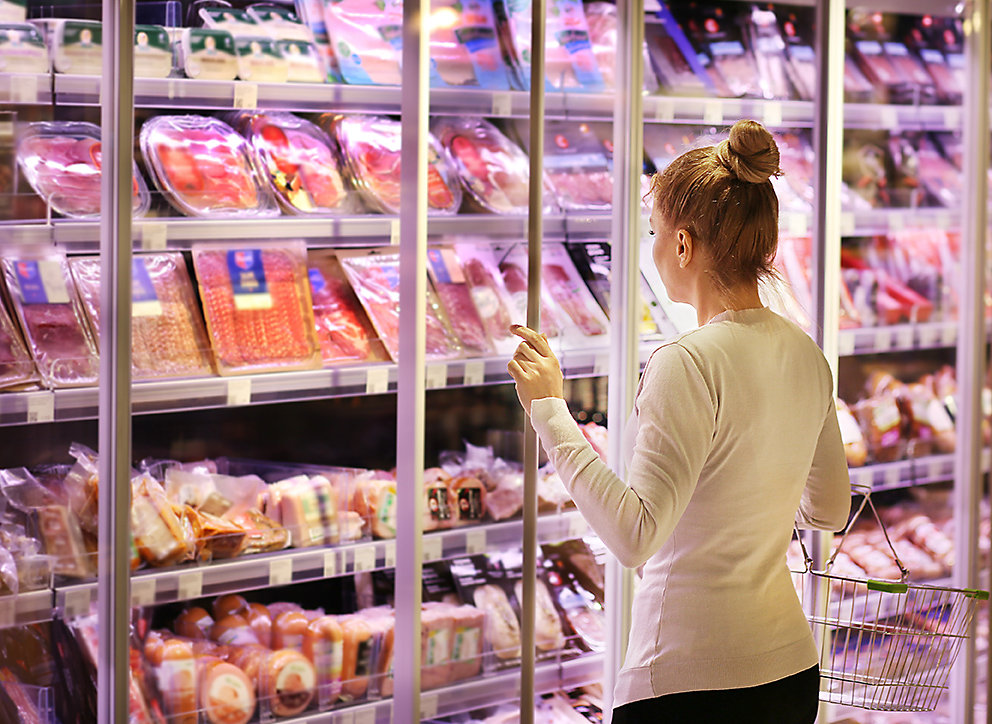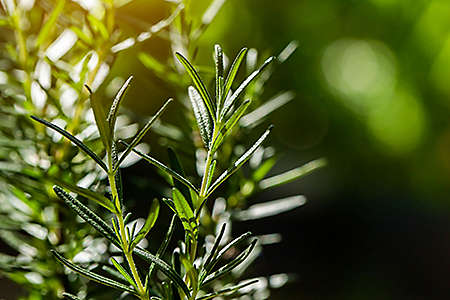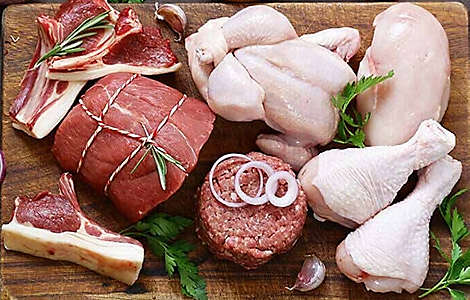So, what to keep in mind?
- Most E-numbers are vital tools for food manufacturers.
- The food industry is heavily regulated.
- Not all additives are synthetic, they can come from nature also.
At Kemin Food Technologies we work to find the best natural food solutions and ingredients that keeps meat, poultry, sauces, margarines, oils, and dairy products safe, delicious, and fresh during the entire shelf life. Our first aim is to answer consumer concerns in understanding their food ingredient list, thanks to naturally sourced ingredient like buffered vinegar, acerola extract, tocopherols, or rosemary extract.
As a consistently performing clear label ingredient, our rosemary extract is vertically integrated ensuring the control of the entire supply chain, from our growing fields to the food application, we can adapt to our customer needs:
- Providing a rosemary extract antioxidant: E392 which will protect against the primary oxidation effect.
- Providing a rosemary extract as natural flavour which still have antioxidant capacity as a secondary function.
None of them are synthetically produced: rosemary grown, harvested and then precious molecules are extracted to produce either the first one or the latter.
So, to make a long story short: don’t let scientific names of products or numbers scare you any longer!
